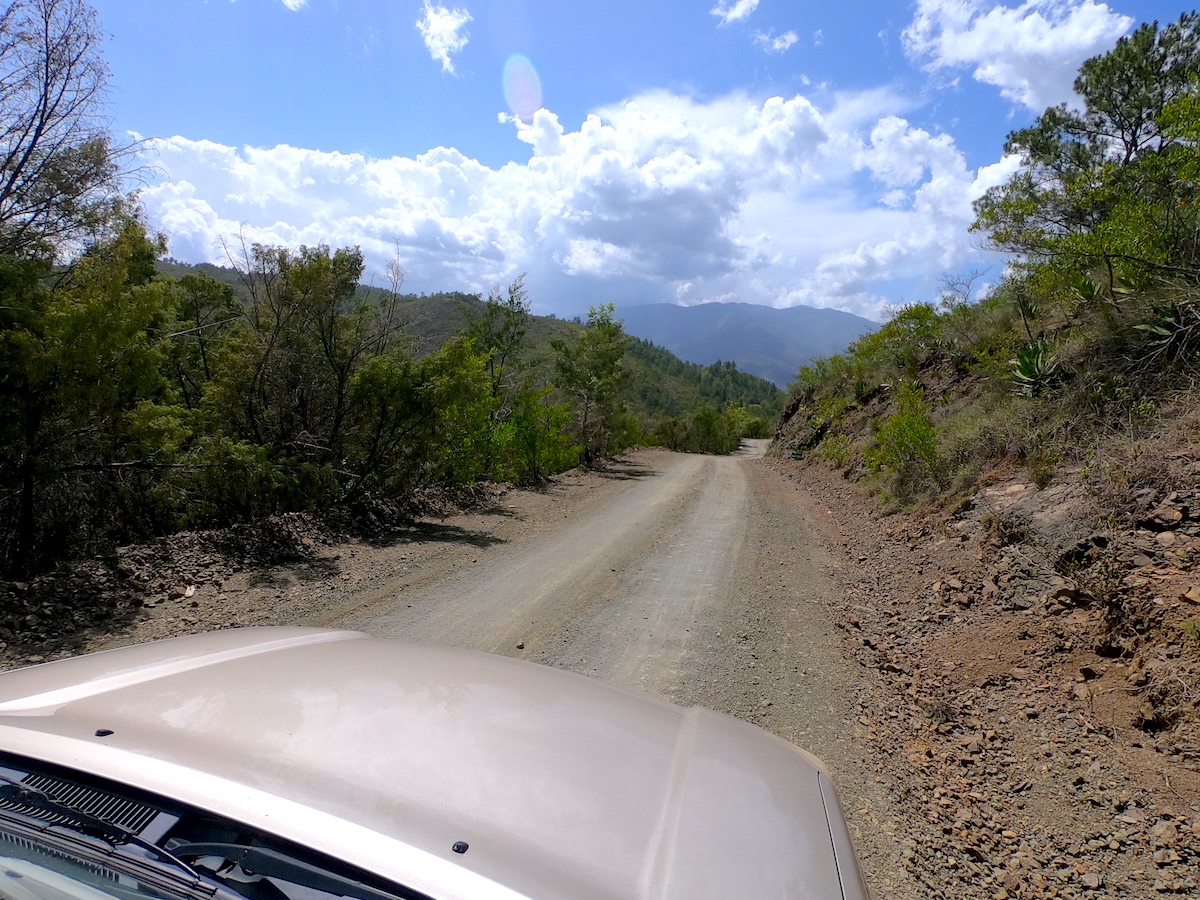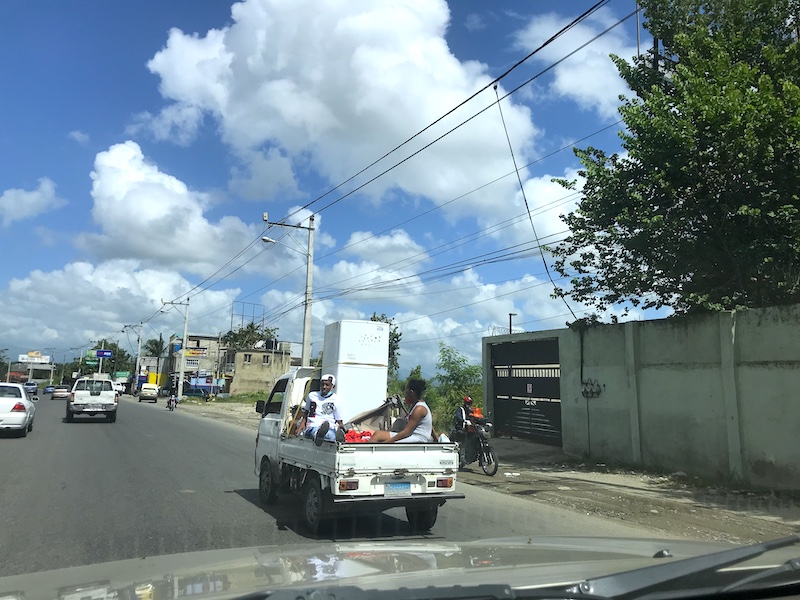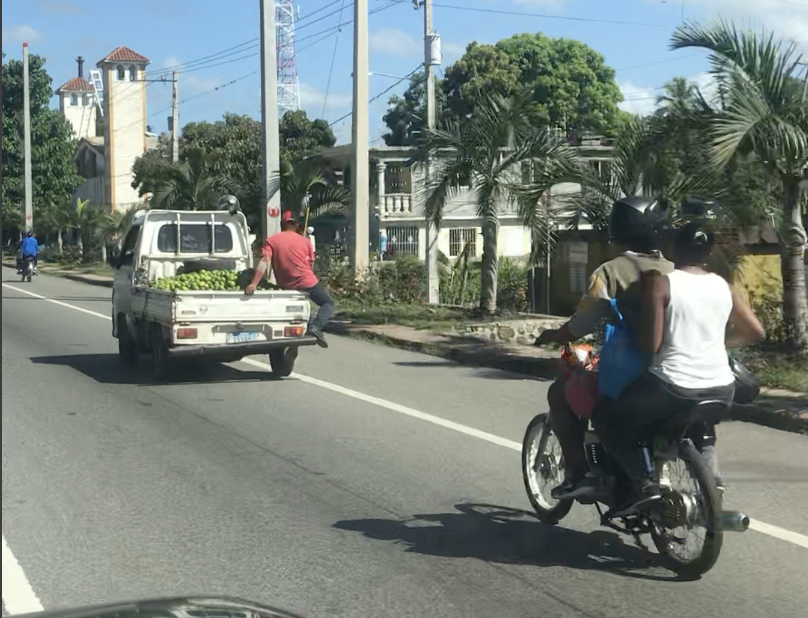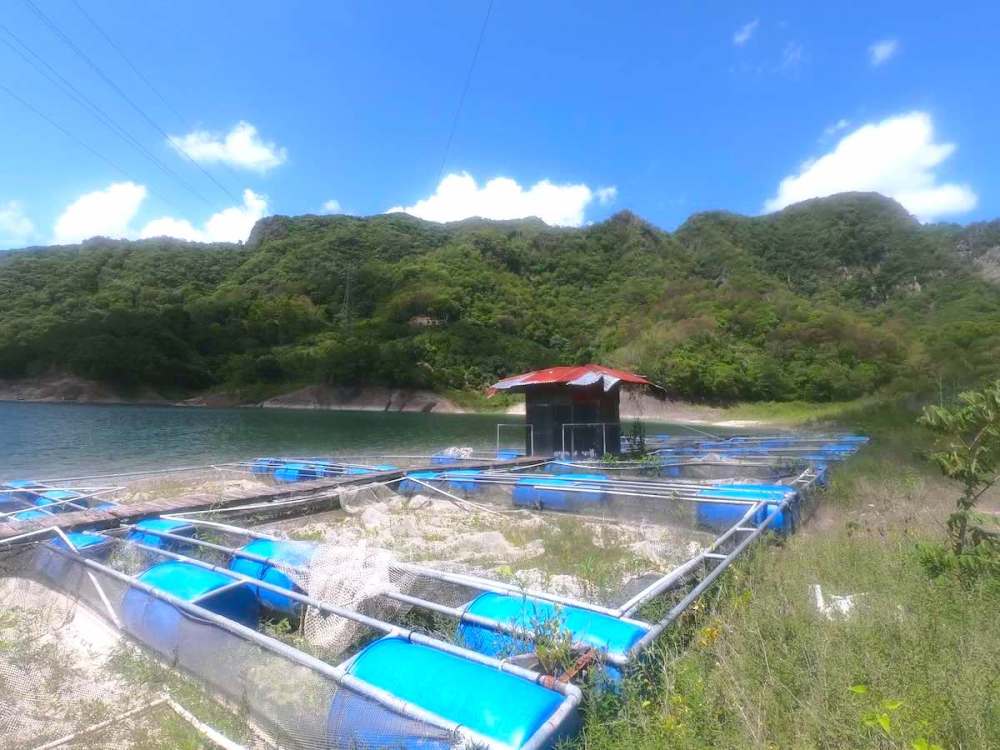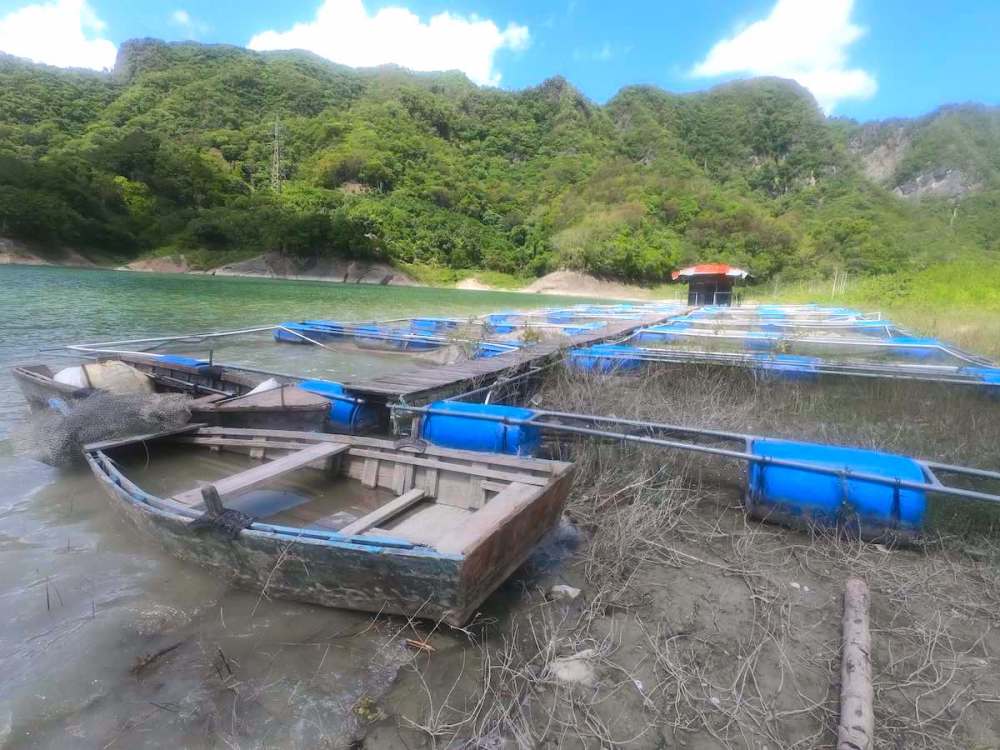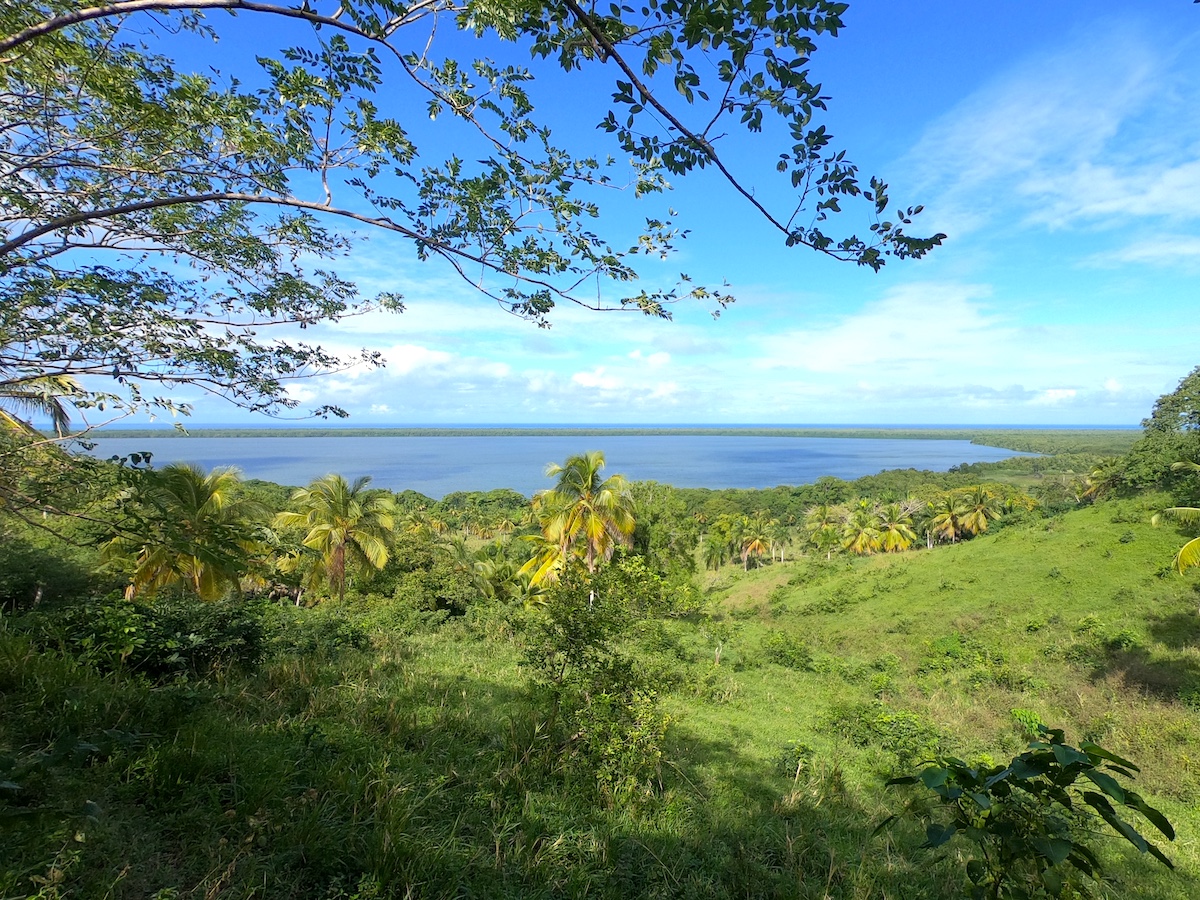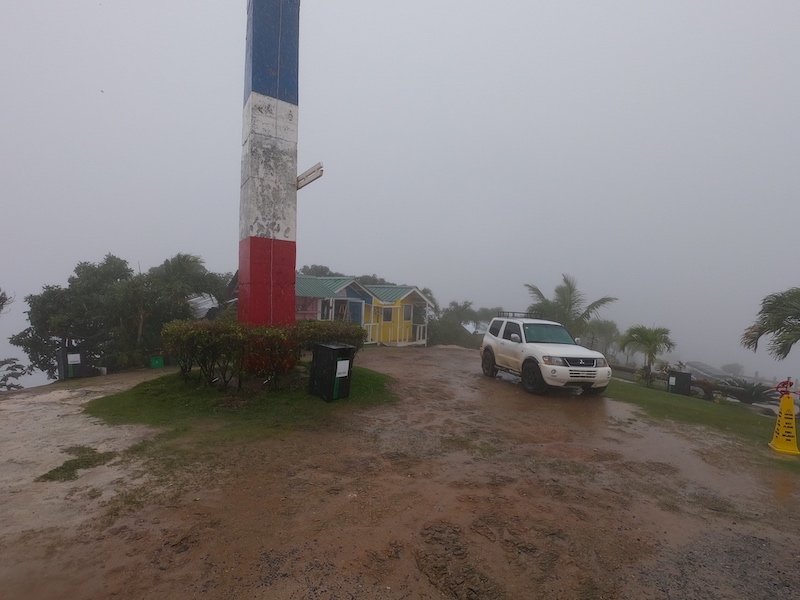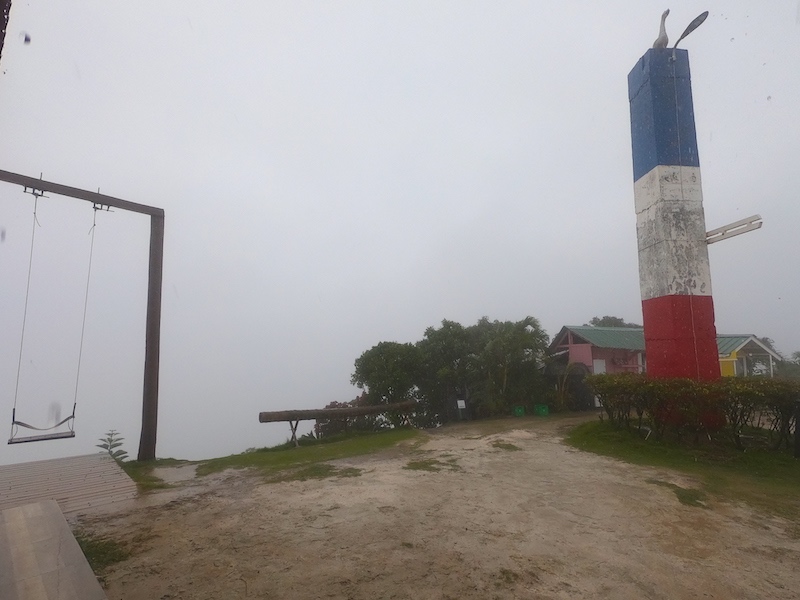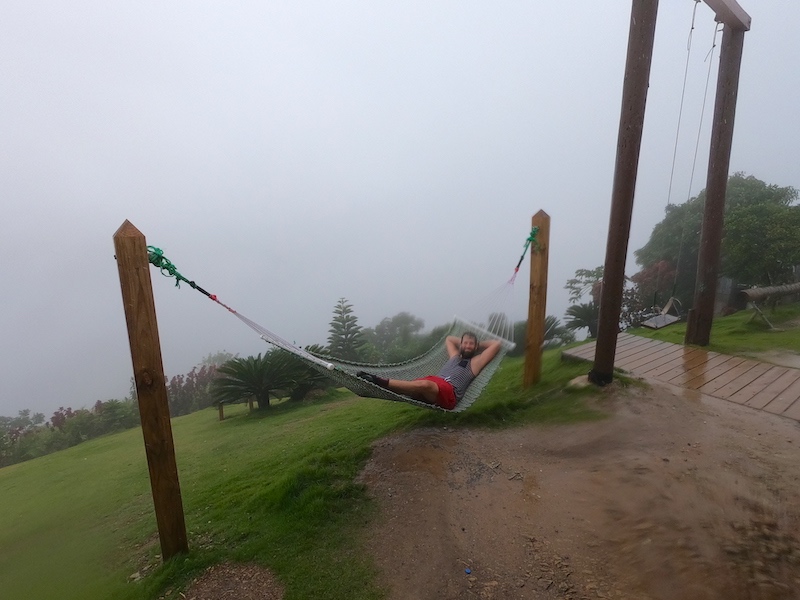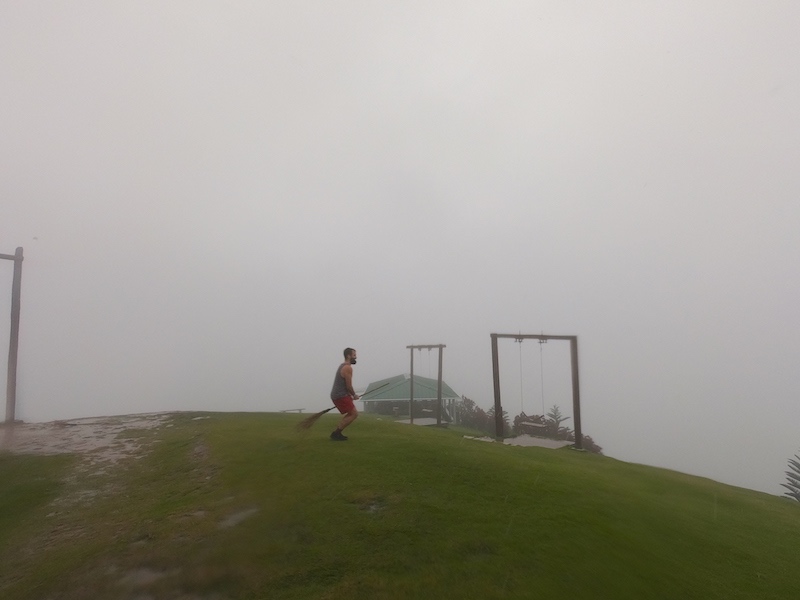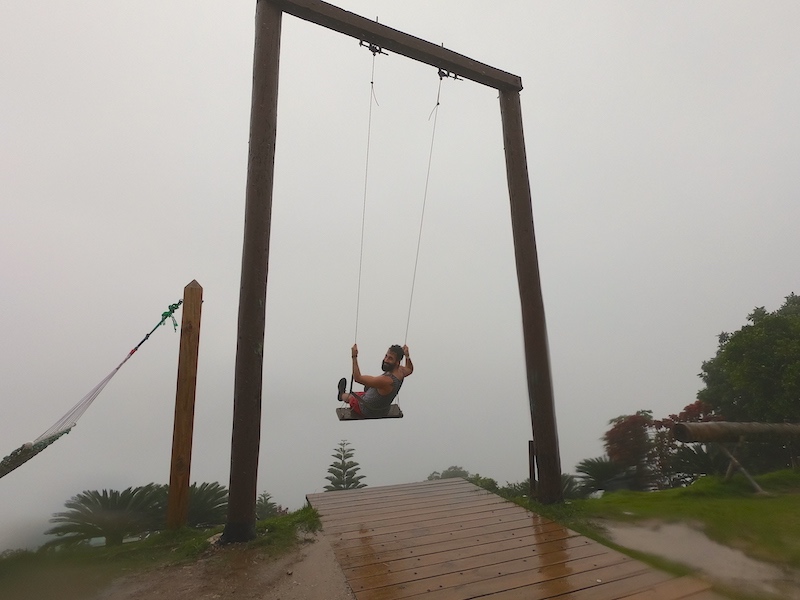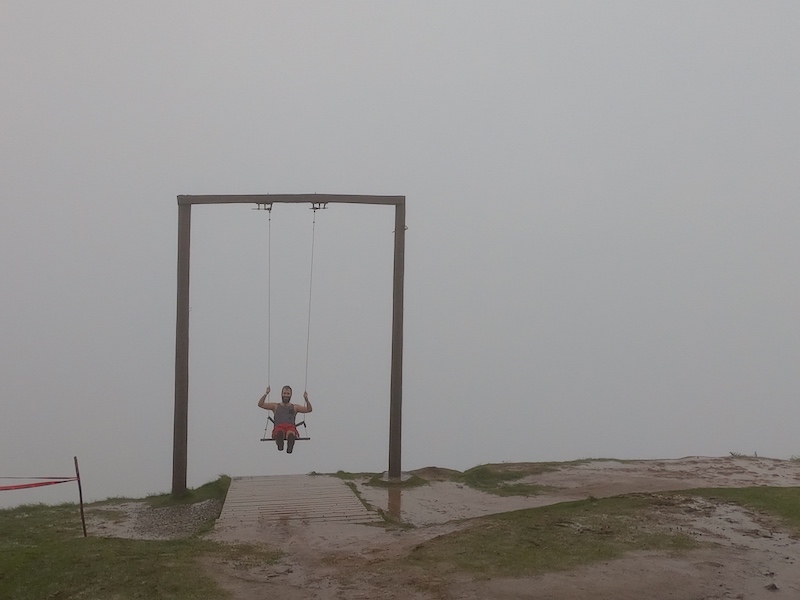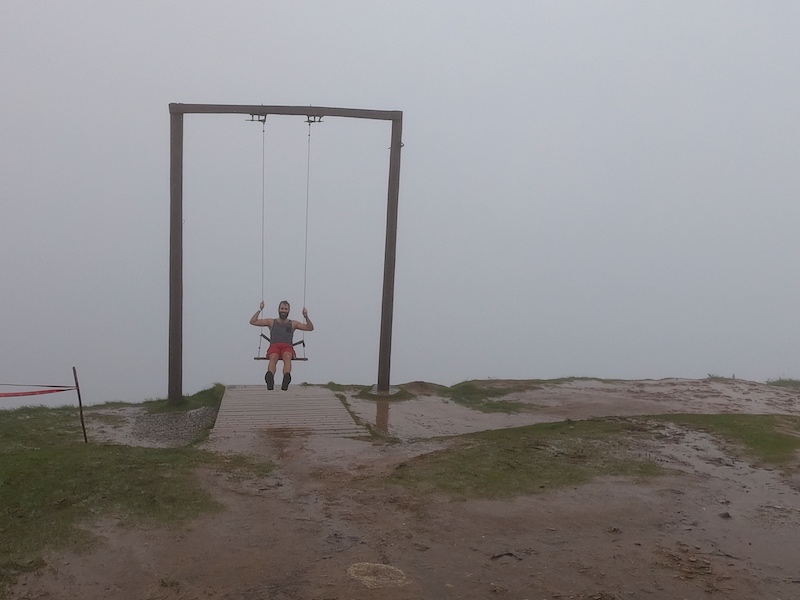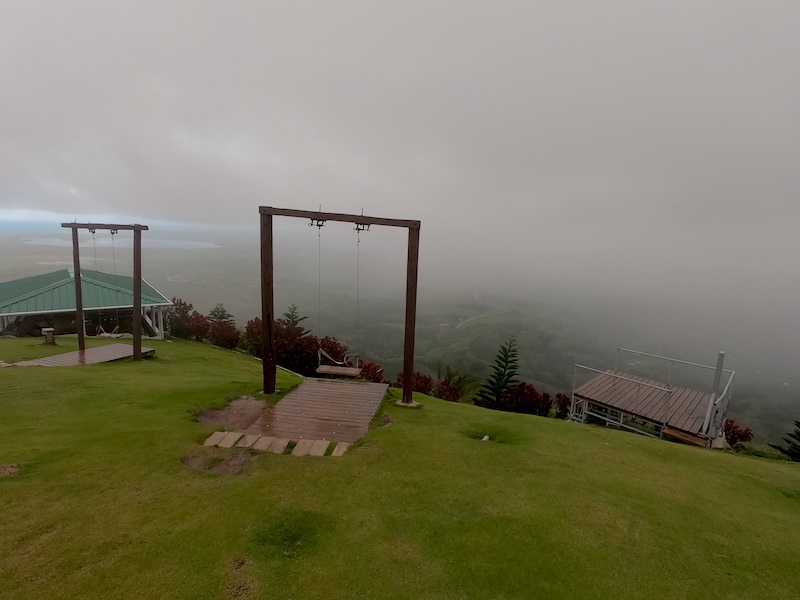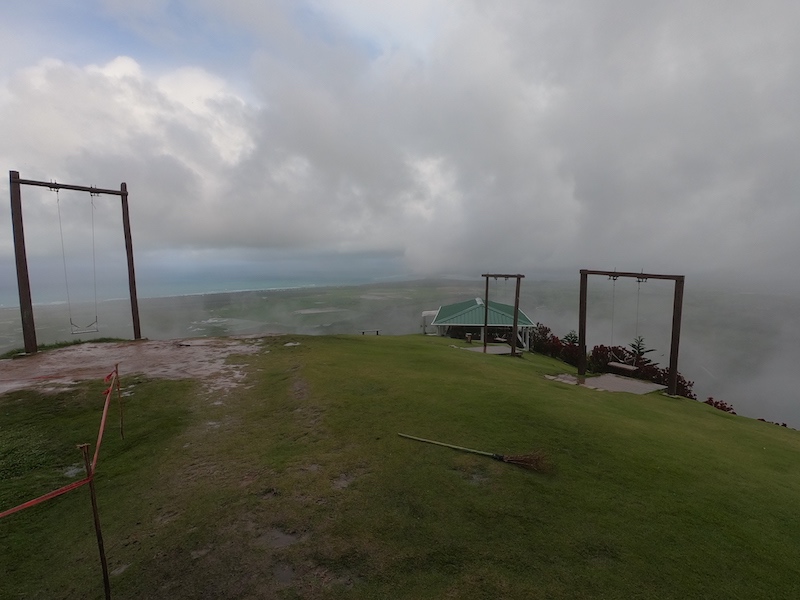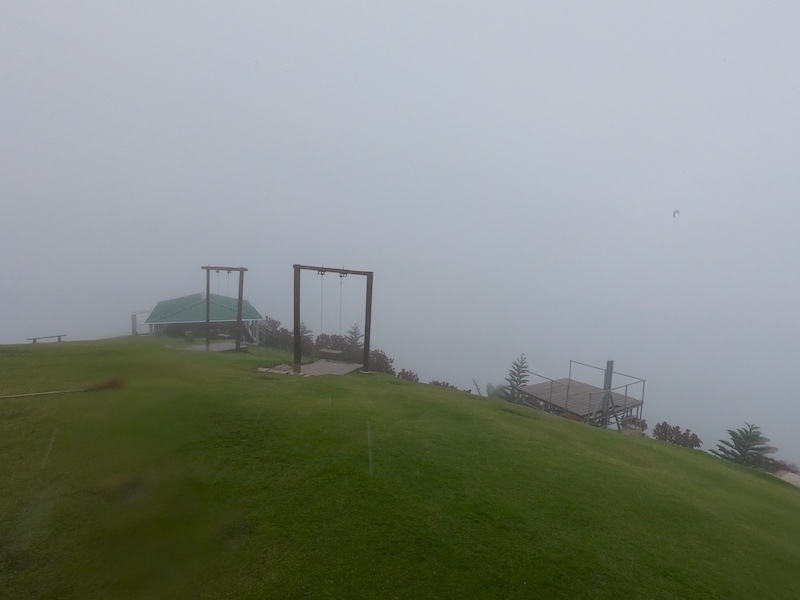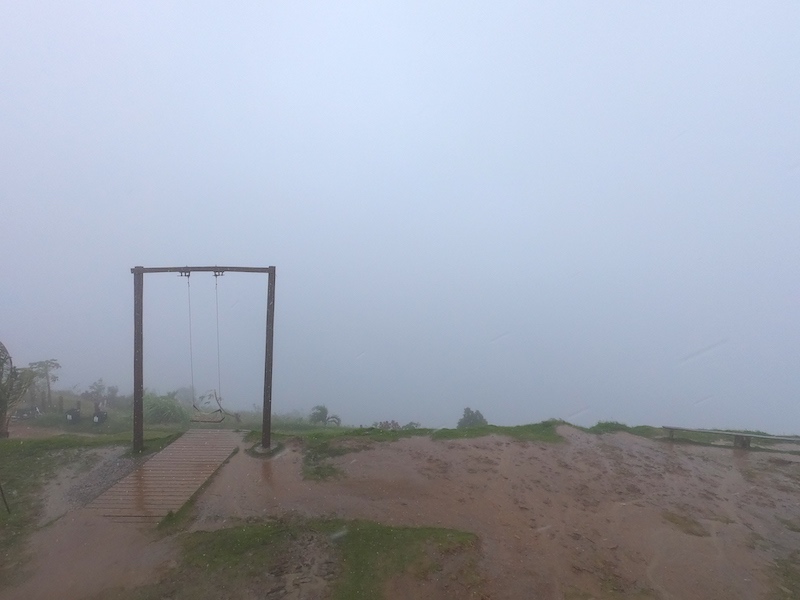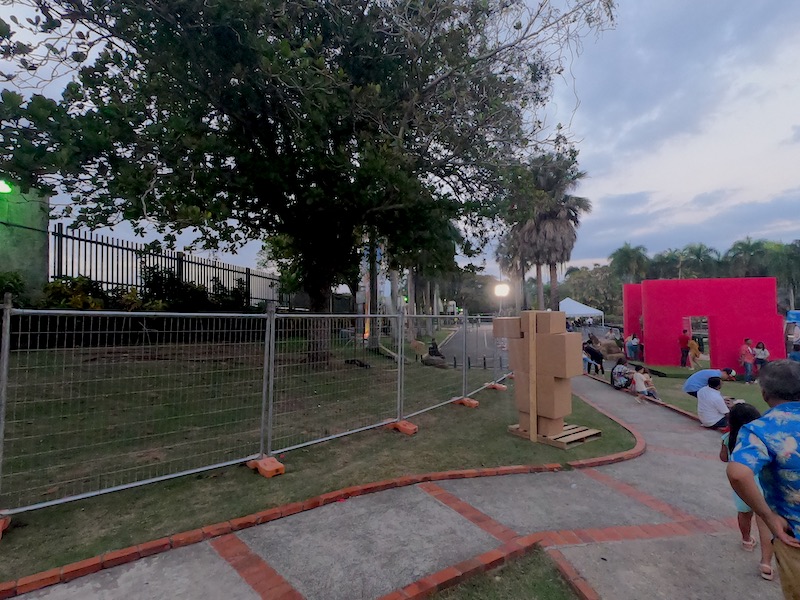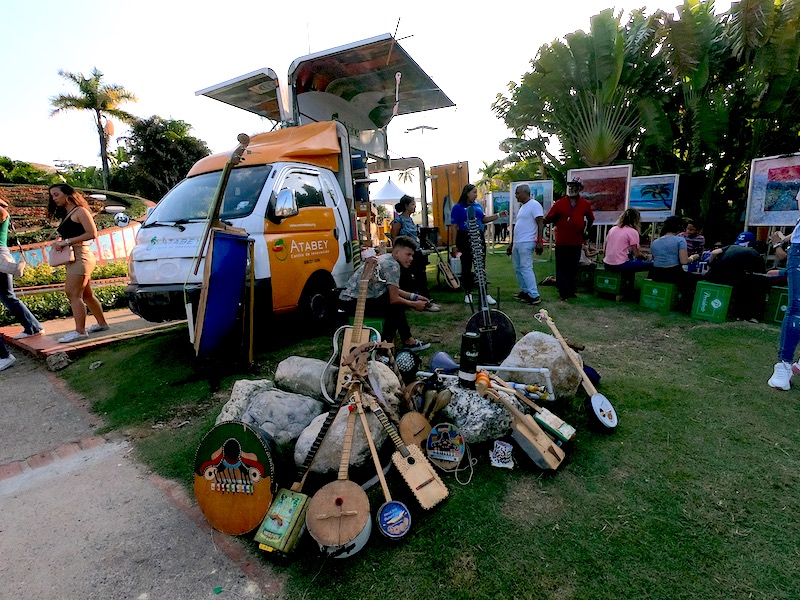People very often ask me about the traffic in the Dominican Republic. Whether you can drive safely and without concerns. Most people imagine it is very dangerous to sit behind the wheel and drive around the island. An accident could happen any time and then you’ll be stranded during your vacations.
But are these concerns and reservations justified? Is it a dangerous undertaking to drive through the Dominican Republic by yourself? Or not a thing at all? In this article I would like to tell a few firsthand experience reports with many photos and videos of real events from the daily madness of the Dominican streets.
Möchtest Du diesen Artikel auf Deutsch lesen? 🇩🇪
Approximate reading time: 12 minutes
A few days ago I wrote an article that can help you plan your trip to the Dominican Republic. Have you ever thought about the road conditions on the Caribbean island? How about going on a road trip there? In this case, I would like to advise you to read the following article:
How are the road conditions in the Dominican Republic?
How are the road conditions in the Dominican Republic? Is it safe to drive in the Dominican Republic? What should I consider during my road trip in the Dominican Republic?
After I published this article, I simply had to write a second article about the Dominican traffic. Even if the road conditions are better than expected, a practical perspective as a road user is of course still missing for you as a reader. And that leads to the core question of this article:
Is it dangerous to drive in the Dominican Republic?
The perception of danger in the Dominican Republic is always a subjective issue. Where some people do not dare to leave the house and prefer to stay at home, there are other characters with an indestructible urge to adventure and discovery without any fear of danger. However, when it comes to self-organized road trips on the Dominican roads, all road users with different behaviors come together. With my experience of several years on the island, I can still answer the abovementioned question with a clear:
YES!
Believe me, I belong much more to the category of the indestructible adventurers than to those people who prefer to stay at home. I have now already spent several thousand kilometers on Dominican roads and gained valuable experience. Knowing all dodges, I know that driving daily in the Dominican Republic is a challenge and certainly not a piece of cake. How so? I would like to bring this closer to you in the next chapters.
Some official statements about traffic in the Dominican Republic
If you still don’t believe my assessment above, then please let me quote a few external sources that have also rated the danger on the streets of the Dominican Republic:
That being said, driving in the DR is known to be nerve-wracking; you must drive defensively and keep an eye out constantly for other drivers, motorbikes, pedestrians, cows, and other potential road companions and intruders. You should be experienced, with preferable prior experience driving in big cities like New York, or driving in the Caribbean. There are tourist destinations where having your own car is easier because there is so much to see. Avoid speeding, and don’t drive at night at all costs–lighting is often poor and nonexistent, which brings opportunities for car accidents and crime.
That being said, driving in the DR is known to be nerve-wracking; you must drive defensively and keep an eye out constantly for other drivers, motorbikes, pedestrians, cows, and other potential road companions and intruders. You should be experienced, with preferable prior experience driving in big cities like New York, or driving in the Caribbean. There are tourist destinations where having your own car is easier because there is so much to see. Avoid speeding, and don’t drive at night at all costs–lighting is often poor and nonexistent, which brings opportunities for car accidents and crime.
Dominican Ministry of Tourism
Now this statement has been written in relaxed Caribbean language by the Ministry of Tourism from the Dominican Republic. To me it looks more like a well-intentioned travel recommendation and not like a valid risk assessment. But what should they write differently about their own country?
For example, what does the US government think about traffic in the Dominican Republic?
Drive defensively and with extreme caution. Traffic laws are not enforced consistently. After an accident causing serious injury or death, authorities will often take the driver into custody, even if the driver is insured and appears to have not been at fault. Detentions frequently last until a judicial decision has been reached or until a waiver has been signed by the injured party.
U.S. Department of State
According to the US Department of State, you better drive through the Dominican Republic with extreme caution. So much for the subjective perception of danger 🙂
Well, which of the two is right about what he writes? There are certainly very dangerous moments when you are driving a car in the Dominican Republic. This risk is then less likely to arise from road conditions or missing street lightnings. Rather, it is about the Dominicans who pose a threat to life and limb for every traffic participant.
Why is it dangerous to drive a car in the Dominican Republic?
The first phrase of the quote from the Department of State sounds pretty intimidating. Why driving with extreme caution? The Dominican Republic is said to be one of the countries with the highest rate of road deaths in the world. Is that even true? I consulted the latest figures and statistics from the Internet to get an overview.
Dramatic statistics of traffic accidents and fatalities in the Dominican Republic
According to the latest WHO data published in 2018 Road Traffic Accidents Deaths in Dominican Republic reached 2,847 or 4.71% of total deaths.
worldlifeexpectancy.com
The death rate from traffic accidents reaches between 25 and 30 deaths per 100,000 inhabitants in the Dominican Republic, where unlike other Latin America and Caribbean countries, where the average is as low as 15 per 100,000.
Dominican Today
Ouch – This statically proves that driving a car in the Dominican Republic is not only twice as dangerous, but also twice as deadly. In some statistics, you don’t really want to be top notch. Compared to all other Latin American countries, the Dominican Republic is the frontrunner in terms of road deaths per 100,000 inhabitants. Even in a global comparison that doesn’t look very laudable …

In the top 20 global of traffic fatalities, only two countries are not from Africa. One of these two countries is the Dominican Republic. Quite a sad statistic.
We now know that the Dominican Republic is roughly on a par with Africa, according to official traffic statistics. Of course, that doesn’t say anything about the reasons for this. So why are there so many traffic accidents in the Dominican Republic?
Many traffic accidents in the Dominican Republic happen under the influence of alcohol
Of course, drinking booze also plays a major role: Those who celebrate and dance a lot also love to have one over the eight. But for God’s sake you shouldn’t drive a car or motorcycle afterwards.
Unfortunately, many Dominicans do this regardless of all the statistics and risk their own lifes and the ones of everyone else. Most of the time, drink and drive does not turn out to be lenient and rather painful.
“When you are under the influence of alcohol, you lose skills, reduce vision, dexterity, and can fall asleep while driving.” Deaths due to traffic accidents increased by 50.9% in the Dominican Republic in the first six months of 2019, with a record of 996 at the scene, compared to the same period of 2018. This without counting the deaths that occur in hospitals. The year 2018 closed with 1,418 deaths due to traffic accidents ‘in situ.’
Dr. Ramón Leonel Ureña, Ministry of Public Health
Of course, it is very questionable to only count the number of cases at the scene of the accident and to count out all the people who subsequently died in the hospital. Looks too good to be trueDon’t ever trust statistics that you haven’t falsified yourself. I don’t even want to know what the “real” statistics and authentic numbers of all road deaths from alcohol would be. Do not trust any statistics that you have not falsified yourself.
There is no real driving license requirement in the Dominican Republic
I have always wondered and wondered what the driving schools in the Dominican Republic are like. Because you have to learn something if you want to move a car. Even in the capital, Santo Domingo, I only saw a few providers of driving schools. But nationwide driving schools and serious driving training? Not much, I must say. And in the rural regions and smaller villages everyone does what they want anyway. If there are so few driving schools, then there must be fewer driving licenses in the country?
Are driver’s licenses compulsory in the Dominican Republic?
Official answer: Yes
Inofficial answer: No
When I ask a Dominican: “I don’t know, maybe, could be. Could be not, God willing.”
The Dominican just drives off. In the best case, he thinks later whether if he should do that at all meanwhile accelerating his vehicle.
Motorcyclists are like ticking time bombs on the Dominican streets
Here’s another quote that I think perfectly depicts the situation in the Dominican Republic:
In 2013, the Dominican Republic saw more road deaths per capita than any other country in the world, but it has since been eclipsed by nations including Libya, Thailand and several African nations. But that doesn’t mean things are improving.
In the Dominican Republic, the high number of motorcycle accidents is in part a reflection of economic trends. In a nation with a rapidly growing economy and a rising middle class, cheap, foreign-built motorcycles and scooters offer a convenient way of avoiding traffic in cities and traversing unpaved roads and paths in rural areas.
In 2013 there were 1.7 million motorcycles in the country among a population of just 10.4 million people—more motorcycles than cars. In small towns and rural areas, motorcycles are everywhere, Kids as young as 10 can be seen driving mopeds, while teenage boys regularly zoom up single-lane roads doing wheelies.
Indeed, many here blame road accidents on pure recklessness: Most can be attributed to alcohol and young people. But some say the police are also to blame for failing to enforce helmet laws for motorcycle riders.
pulitzercenter.org
Of course, to be fair, the other side should have their say on this topic. The official statements of the managing director of the Dominican Ministry of Transport are also funny:
Claudia Franchesca de los Santos, Executive Director of the National Institute for Transport and Terrestrial Transport (INTRANT) announced that there are more than 1 million motorcycles on the streets in the Dominican Republic without a license plate. The reason is that these two-wheelers were imported as parts and should serve to supply spare parts.
In addition, more than 300,000 people drive without a license. This is due to the fact that a high proportion of them are illegal foreigners who do not have the necessary documents to get a driver’s license.
Dominican Today
If in doubt, the bad foreigners are to blame and responsible for this situation. Dominicans would never break the rules and never drive without a driving license. Imagine if this statement was made in another country by a person in a comparable position.
But of course it’s not just the motorcyclists, although they are directly involved in over 60% (!) Of all accidents. They are not the only delinquents on the road in the Dominican Republic. It is more the collective that simply does not want to stick to the rules.
Typically Dominican: Nobody obeys the law or rules
Law and statute in the Dominican Republic are more of a theoretical approach. It is quite helpful and interesting that something like this exists hypothetically and that someone has thought about it. But in any case, laws and rules in this country do not serve much more than as an approximate orientation aid and reference. This of course also and especially applies to all matters relating to Traffic Code.
When issuing a driver’s license. Or with the registration of a car that should have been scrapped long time ago. Or when 13-year-old youngsters drive as ghost drivers on highways with their motorcycles to record wheelies for the next video on YouTube, although the legal driving age is 16 years.
Or that up to 9 people drown at the same time in a car wreck in a canal. Or, or, or. The examples are endless and the problems supersede each other.
Unfortunately, all of this is the reality. Nobody follows the rules, which hardly exist anyway. A Dominican simply likes to live his life, regardless of his own losses and those of others, humming happily while looking at the screen of his mobile phone.
It is this certain Caribbean carelessness that has crept into the traffic behavior of its citizens. In everyday traffic, the Dominican people unfortunately behave like an ignorant egoists. This is of course impressively reflected by the many road deaths and injuries in the statistics mentioned above.
The streets of the Dominican Republic are also used for political campaigns of all kinds, which sometimes bring all traffic to a real gridlock. The louder the sound from the street and the slower the sounding car drives, the better the potential voters can hear!
I was allowed to film a special scenario from the balcony of my old apartment. These almost 3 minutes reflect the normal madness that one is exposed to on the Dominican streets every day.
On the other hand, it is of course also the failure of those who should actually set up and control these rules in road traffic. There are actually controls to be observed every now and then sometimes here and there. But even these are far too lax or turn out to be surprisingly short and superficial for a small payment.
So if you asked me whether I would rather trust the common road user or the traffic officers, I would answer “neither nor”. But there is still hope. Many employees at the Ministry of Transport in the Dominican Republic do their jobs with an incomparable passion:
“Heaven helps those who help themselves.” – This Christian quote is lived every day on the road in a religious society like the Dominican Republic.
Expect the unexpectedness: What all can happen on Dominican streets
God does not always help Dominican road users. If he did, he would prevent them from doing extremely dubious activities. In the following five examples I would like to portray the daily madness on the Dominican streets with little stories.
1. Yetis in traffic
However, there are always beggars, window cleaners, street vendors, people suddenly stumbling across the streets and urban yetis, who represent an additional danger for all traffic participants.
Of course, it’s not just the urban yetis to blame for the traffic chaos. It’s a collective failure. Where there are few rules, there is little order. Where there is little order, there is a lot of chaos. Where there is a lot of chaos, there are many dead and injured in traffic. A typical vicious circle.
2. Haircut to Go
There is of course a lot to be said about the Dominicans and their strange behavior. One thing, however, cannot be said of them: That they do not take care of their own bodies and that their hair is not chic enough.

Sometimes the strangest things can be observed on the streets. For example in the photo above, in which a new haircut is given while sitting on the motorcycle. How was his hair washed and blown dry before and after his procedure?
Taxi driver watches TV while driving
I already wrote above that Dominican motorcyclists like to get lost in the screens of their phones and not pay attention to the traffic. But how do the taxi drivers behave in Santo Domingo?
They prefer to watch documentaries about Napoleon for hours on YouTube in the built-in minicomputer while driving. If television has failed its educational mandate, then YouTube may be able to smooth out this deficiency whilst driving.
4. Chihuahua Convertible
We all know the physical unit of measurement HP (horse power). In the Dominican Republic there is also the CP (Chihuahua power) with moderate traction. The set of wheels comes in pastel pink as standard and the draft animal must also wear a mask in accordance with preventive pandemic regulations.
5. Idiot-proof anti-theft device
Some Dominicans once told me that Santo Domingo was the city in Latin America with the highest vehicle density per square kilometer. Unfortunately, I couldn’t find any evidence for this in online sources, but neither did I find any counter-evidence. So let’s assume that this statement could be true.
One can now assume that this is why the car theft in Santo Domingo would not be worthwhile. Everyone already has their own vehicle and there is no need to lock it to prevent theft. Wrong thought:

With such a sophisticated theft protection, nothing bad can happen anymore. But this is only the basic version. Version 2.0 is more advanced and comes with a whole anchor.
Beware of trucks and transport vehicles of all kinds
It could now be assumed that only ordinary people’s cars promise danger. This is unfortunately not the case. All those vehicles that are used for transport purposes are even more dangerous. Their drivers regularly overestimate the purpose of their transport vehicle.
However, all those experts who completely overload their vehicles are particularly dangerous. Where there are legal limits to the maximum load or physical limits according to Mother Nature elsewhere, both extremes are hitting new high scores in the Dominican Republic:
Incidentally, this does not only apply to ordinary carriage of goods. There is hardly any difference between goods and people in transport in the Dominican Republic. Everything that can somehow find space on the loading area can be transported without any concerns!
The danger in traffic on the popular Caribbean island is certainly not just imagined. Driving in the Dominican Republic is not for the faint of heart. I hope that I was able to help a little with my risk assessment of the Dominican road traffic.
64% fewer road accidents in the Dominican Republic in 2020
Finally, I would like to report some positive news after I wrote about the dangers of driving in the Dominican Republic at the beginning of my article. Consulting most recent statics of the country, driving in 2020 in the Dominican Republic is safer than ever since records began. Road accidents in the Dominican Republic have decreased 64% since March 2020. Thanks to the coronavirus.
However, it should be understood that this is only a temporary condition. The ordinary chaos of the Dominican traffic will quickly return, and with it the usual accident statistics. Hopefully not rising.
Did you like this article?
Subscribe to my blog and never miss an update!
I can promise you, that many other articles are currently under construction and just wait for you to be read.
Come back regularly and check out many more interesting stories about the
